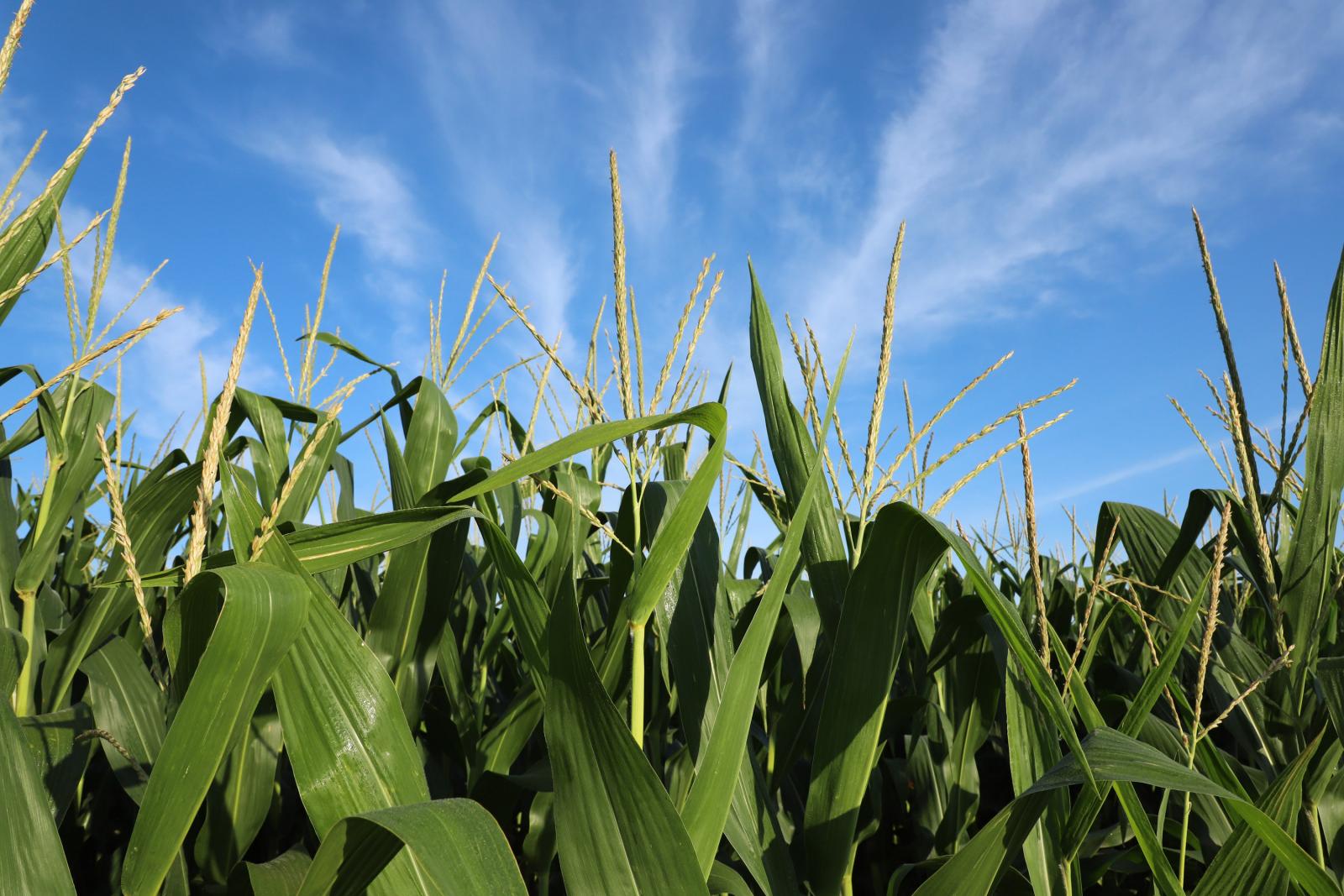Instructor(s): Blaine Johnson and Lorena Dumbá
Number of Credit Hours: 1
Cross-listings: HORT 809A
Prerequisites: Permission of instructor. Highly recommended are one or more courses in each of two subjects, plant breeding and statistics – AGRO 815A, B, and D, STAT 801A, 802 or equivalent course work.
Contact instructors with questions regarding necessary prerequisites.
Course offered: Nov. 2 – Dec. 15, 2023; Tuesday and Thursday, Noon – 1:30 pm; The course will be delivered in-classroom only. There will be no on-line option.
Description: This course is a study of the implications of genotypic by environmental interactions when estimating and interpreting genetic values of crop cultivars. Statistical methods used to quantify genotypic by environmental interactions and stability are described and utilized in the course, however emphasis is on quantifying and managing genotypic by environmental interactions such that successful plant breeding decisions can be made.
Learning Outcomes/Course Objectives
- Recognize major environmental stimuli impacting the translation of crop plant genotypes to phenotypes.
- Discuss impacts of organism development, timing of stimuli, epigenetics, and the effect of prior stimuli history on observed phenotypes.
- Describe classes of genotype by environment interactions and discuss their agronomic impact.
- Describe the sources of variation in multi-location crop trials, their relative importance, and techniques to control their impact on selection and evaluation.
- Understand environmental clustering and classification to take advantage of differential cultivar response.
- Discuss stability analysis and types of environmental responses.
- Compute and interpret several statistical models and graphic representations useful for understanding genotype x environment interaction in plant variety testing and improvement in multi-locational trials.
- Design testing and evaluation systems, including location/environment selection, adequate to identify superior genotypes for successful adaptation to particular environments
- Describe significance of GxE on QTL and marker effects, and ways to deal with GxE in molecular breeding procedures.
